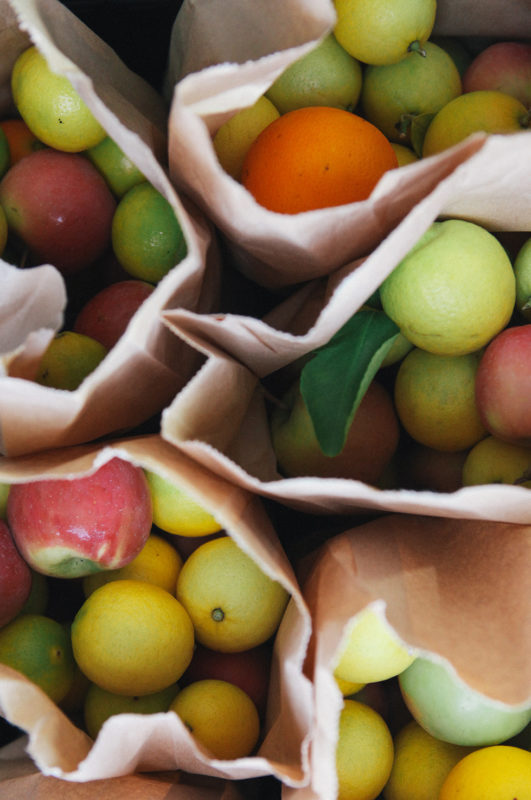In the abundance of late summer, seasonal eating is a breeze. Don’t get me wrong, we miss peas, and broccoli can be in short supply. But berries and stone fruit are still lingering. Apples and pears are at their peak. Citrus is just starting to return. Tomatoes, eggplant and capsicum are still bringing their bounty. Green leafies are happy. Corn, beans, potatoes, pumpkin, zuchinni, cucumber- there aren’t many things we want to eat, but can’t.
Today is Winter Solstice; and seasonal produce looks very different. It’s the shortest day of the year, but the coldest days are still ahead of us. Brassicas are back with a vengeance, and suddenly our kitchen is filled with cauliflower, brussel sprouts, cabbage and broccoli. There’s still pumpkins and potatoes stored. And if we’ve been careful with our planting dates, we have another month or so of carrots, beetroot and greens stored safely in the garden. But the fragrance of summer has finished, and the bounty of autumn (if it hasn’t been stored) is gone.
For the last month, and for the next two months, growing takes 2 to 4 times as it does in Summer, and that’s for the crops that will still grow (lettuce, spinach, brassicas, radish). That means 2 to 4 times as much space needs to be set aside for producing over winter. Luckily the weeds slow down their growth too, so it’s not all bad news!
If you eat out of our veggie boxes or if you shop at a local farm gate you’ll have noticed the shift in produce as the season changes. We’re not in ‘greens season’ yet, but we’re definitely heading in that direction. This is when seasonal eating can require more will power, and more creativity. We know it can be a challenge, and we’re here to help.
We’ve been slowly putting together a list of seasonal recipes, and luckily the veggies still available are well suited to soups, stews and roasts (carrots, pumpkins, potatoes)- perfect for cooler weather!
This is also the time of year to start using up any preserved excess. We make our own pasata from saucing tomatoes in summer, and bottle stone fruit rather than let them go soft. We also tend to build up freezer stocks over summer.
We’re lucky to be able to grow over winter- large parts of America, Canada and Europe are too cold for anything other than greenhouse growing in winter. I can only imagine how much more reliant they are on canning, drying, freezing, (and food imports).
So I feel grateful for the days that are lengthening again, even if they don’t bring warm weather. And I feel lucky that we get fresh produce right the way through the year, even as seasonal cooking feels harder. I feel happy when I see our shelves filled with pupkins, waiting for their turn in the spotlight, and the broadbean tips just poking up from the soil.
Making a Kale lasagne that my toddler eats happily, or experimenting with celeriac; Isn’t it lovely that meeting and rising to the challenge of seasonal eating returns more joy than never being challenged at all?


